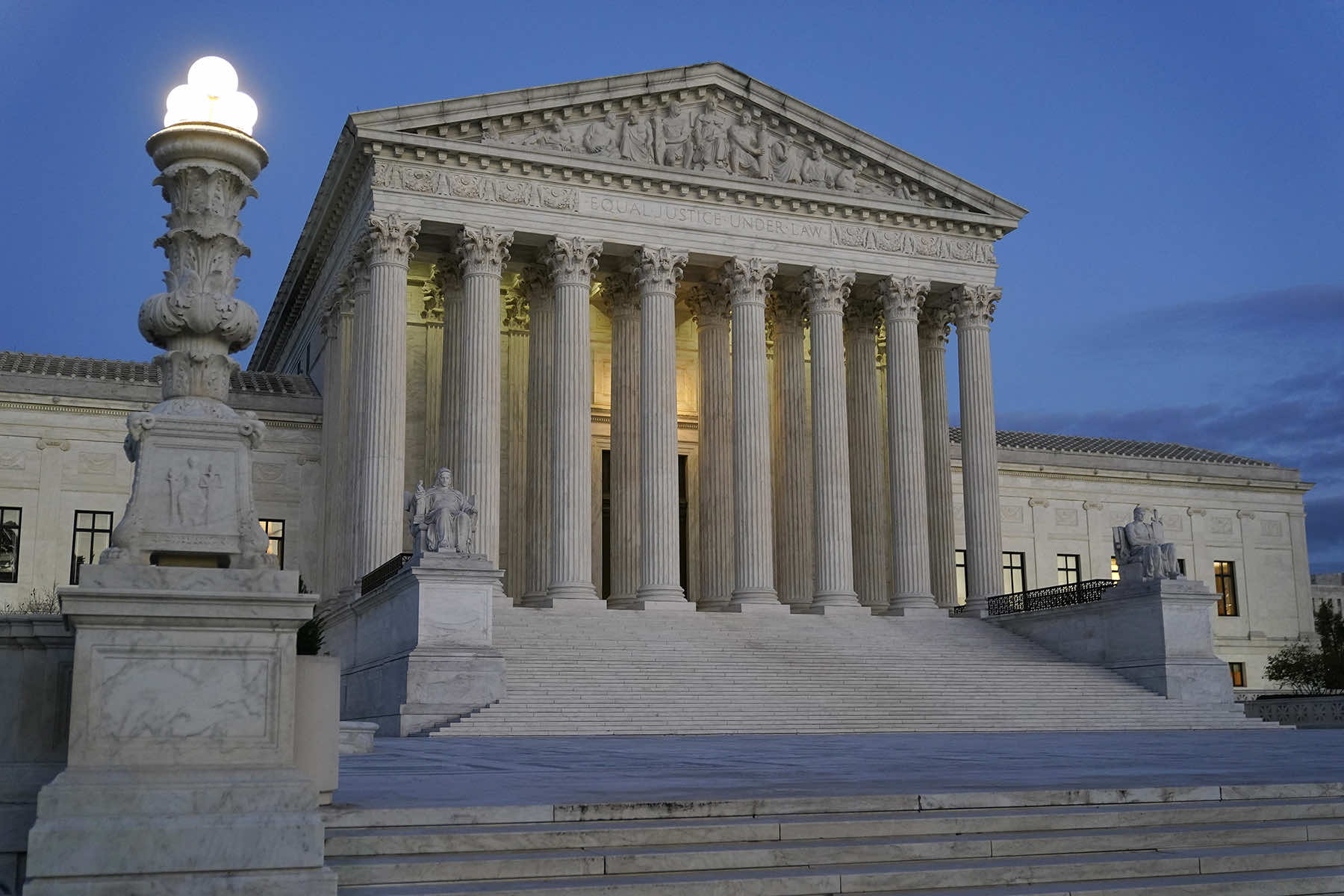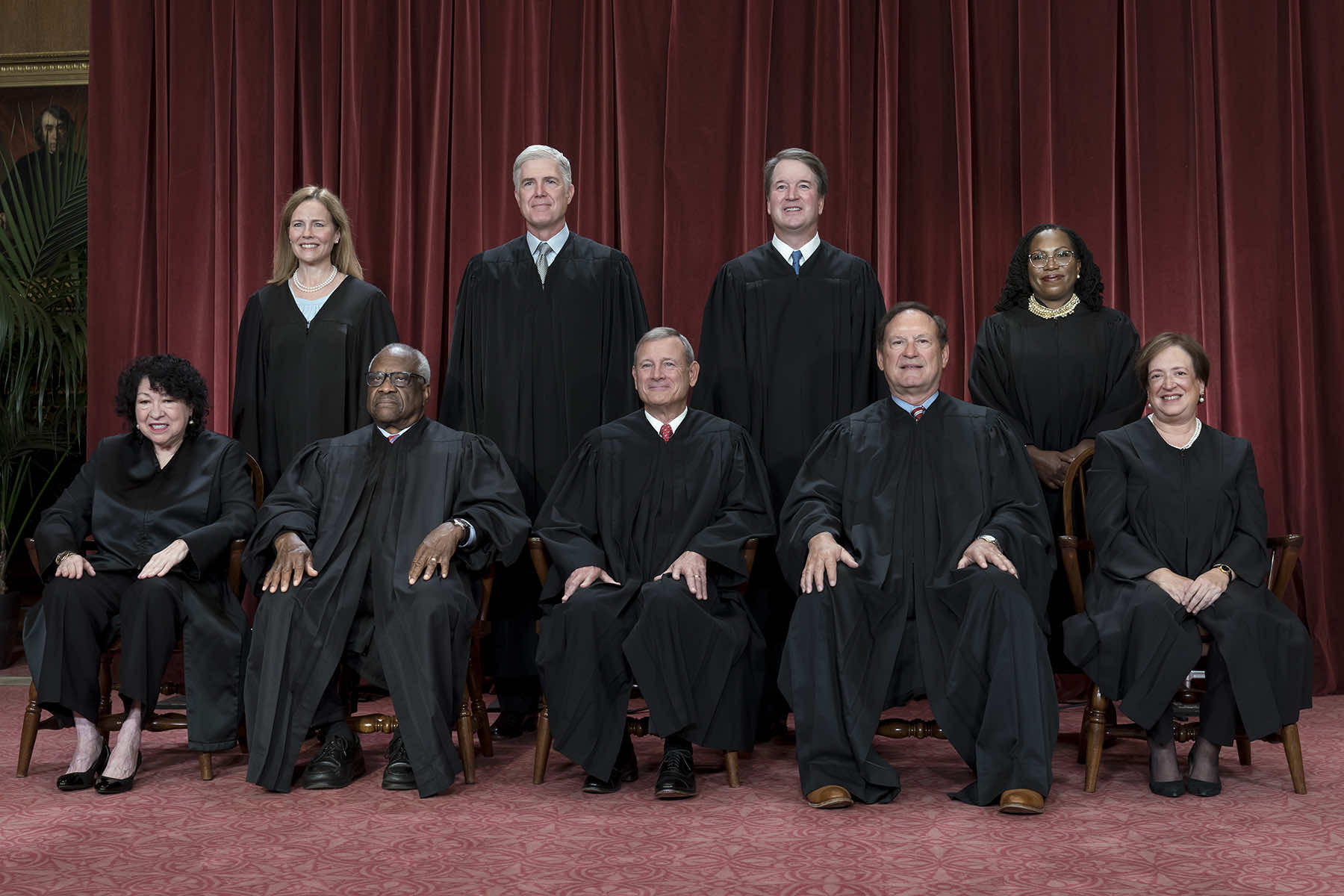
If you think Republican politicians in Congress are corrupt, you ain’t seen nothing yet. Check out how little it costs to purchase access to a Supreme Court justice.
Conservatives on the Supreme Court famously legalized billionaires and corporations bribing politicians back in 1976 and 1978, respectively (Buckley v Valeo and First National Bank v Bellotti), doubling down on and expanding the doctrine in 2010 (Citizens United).
Back in the 1970s Democratic politicians’ campaigns were largely funded by unions: the movement was awash in cash as it represented nearly a third of American workers. So when the Court legalized political bribery, most Democratic politicians ignored the event.
Republicans, however, jumped at the chance to sell their souls to corporations and the morbidly rich.
In the 1980 election Reagan floated into office on a tidal wave of cash from the oil industry, which had recently been stung by President Jimmy Carter declaring in 1979 that the nation was going to limit its use of fossil fuels to 1977 levels and rolling out his “Solar bank” that was designed “to meet 20 percent of the nation’s energy needs by the year 2000.”
To this day, Republicans take so much money from the fossil fuel industry that almost to a man and woman they deny the cause of climate change.
Now we find — thanks to some great reporting by Jo Becker and Julie Tate of The New York Times — that the justices themselves are almost as corruptible as GOP politicians.
A “donation” of as little as $25,000 can get you “face time” over dinner with a sitting justice of the US Supreme Court.
The neat little device the Court uses to invite donations is the Supreme Court Historical Society, an institution originally started by Chief Justice Warren Burger in 1974. It’s an independent non-profit located in Opperman House, a building on the block directly behind the Court building itself.
Burger started the Society to, as the Times noted, “make the court more welcoming to visitors and to restore dusty old portraits of justices of yore.” Since then it’s become a social club of sorts, with opportunities to interact with the justices themselves for its largest doors (known as “trustees” at the $5,000/year level, “patrons” at $12,500/year to $25,000/year, and “benefactors” who give more than $25,000/year).
And there’s been no shortage of benefactors.
When the Sackler family wanted the Court’s help protecting the billions they’d siphoned out of Purdue Pharma after dooming hundreds of thousands of Americans to a life of addiction or even death, they chose a lawyer who, along with his law firm, had given “at least $187,500” to the Society.
When power companies successfully sued at the Supreme Court to prevent the EPA from regulating their fossil fuel emissions, they chose a patron-level donor who’d joined the Society’s board in 2006.
When United Parcel Service (UPS) was sued by a pregnant worker for discrimination, complaining the company refused to put her into a job where she didn’t have to lift heavy boxes during her pregnancy, they probably hoped they could rely, at least in part, on their $550,000 contribution via their charitable foundation to the Society to help at least a little bit.
Ditto for Chevron, which has appeared before the Court on multiple occasions, and their $190,000 in donations.
After Facebook and Time Warner donated a combined $50,000, their lead attorneys were given the Society’s first “Amicus Curiae Awards” at an elegant dinner.
Around the time Goldman Sachs got a corporate-friendly decision from the Court “making it harder for shareholders to mount class-action suits alleging securities fraud,” as the Times noted, $25,000 went to the Society.
A leader of the anti-abortion movement, Reverend Rob Schenck, advised his colleagues to become donors to the Society. As Becker and Tate chronicled in the Times:
“He couched it as a bargain, advising that $10,000 was enough to get noticed.”
Giving to the Society also gave Schenck, he revealed to Jodi Kantor and Jo Becker in a separate article for the Times, an inside track when Justice Sam Alito leaked the results of the 2014 Hobby Lobby anti-birth-control decision that Alito had authored.
When Colorado baker Jack Phillips refused to bake a cake for a gay couple getting married, his case was argued by the First Liberty Institute, which, the Times chronicled, had given the Society $217,500 over a period of years.
The Court is no stranger to big money. Conservative justices have been flown around in private jets and wined and dined at the homes and resorts of activist billionaires for decades: Scalia and Thomas were famous for their visits with the Koch network, for example.
According to reporting by Alex Gangitano at The Hill, when Amy Coney Barrett was nominated by Trump the Judicial Crisis Network spent $3 million buying ads to influence Americans to support her elevation to the bench. Additional millions came, in aggregate, from the Judicial Crisis Network, the anti-abortion Susan B Anthony List, and the Koch-backed Americans for Prosperity.
It was estimated conservative groups spent at least $10 million each to get Gorsuch, Kavanaugh, and Barrett onto this ethically challenged Court.
After all, no other federal court in the nation would allow a defendant in a case before them to fly a judge on a private Gulfstream luxury jet to a luxury hunting retreat in Louisiana and then, a week later, watch as that judge rules in that defendant’s favor.
But Supreme Court Justice Antonin Scalia did exactly that when Dick Cheney was sued for allegedly lying about his secret “energy group” that was planning the seizure and sale of Iraq’s oil fields as he and Bush lied us into the war that opened those oil fields up to exploitation.
No other federal court would allow a judge to give a speech before a group that was funding a case before them and then rule in favor of that group’s openly stated goal.
But that’s exactly what multiple Republican justices have done repeatedly over the last few decades, speaking at conferences of billionaire- and industry-funded groups.
No other federal court would allow a judge to swear revenge against a particular nonprofit corporation (in this case the Democratic Party), saying in his confirmation hearings that, “What goes around comes around,” and then rule in cases directly affecting that organization (like voting rights). But Brett “Rapey Beerbong” Kavanaugh did just that.
No other federal court would allow a judge to rule on a case where he owned a half-million dollars worth of stock in the company presenting amicus arguments before the court — it’s illegal in many states — but John Roberts did just that in the ABC v Aereo case. As did Roberts, Bryer and Alito in 25 of 37 other cases where they owned stock, according to the good-government group Fix The Court.
No other federal court would allow a judge’s wife to openly interact with and advocate for the interests of dozens of litigants before the court over decades, and take nearly a million dollars from a group regularly helping bring cases before his court but Clarence Thomas and his wife have done both, as recently revealed in a shocking New York Times profile.
And now the Court has gutted the EPA — the agency Justice Gorsuch’s mother infamously ran into the ground before resigning in disgrace during the Reagan administration — using Gorsuch’s own BS “textualist” rationale to go after the agency today.
In addition, these Republican appointees are openly shooting down Democratic efforts to fight gerrymandered maps while supporting GOP efforts to impose them on states.
The Constitution says Congress has the power to “regulate” the Supreme Court. It’s time.
Louise Slaughter proposed legislation in the House in 2015 that would require the Court itself to come up with its own code of ethics.
It went nowhere, and, besides, it would violate the basic premise of law dating back to Publius Syrus in 50 BC, cited by John Locke in the 17th century, and finally quoted by Madison in Federalist 10 that “no man shall be the judge in his own case.” Instead, Congress should write the ethics code for the Court and put it into law as the Constitution stipulates in Article III, Section 2.
President Biden’s Commission on the Courts recently recommended that the Supreme Court adopt an “advisory” code of behavior, but Roberts didn’t even bother to comment.
More recently, Senator Chris Murphy introduced the Supreme Court Ethics Act that would regulate the Court’s out-of-control politicking and conflicts-of-interest. Predictably, it was blocked by Republicans in the Senate.
Last year Congresswoman Pramila Jayapal and Senator Elizabeth Warren introduced legislation to clean up the Supreme Court (along with cleaning up the “money in politics” problem they created with Citizens United).
Titled The Anti-Corruption and Public Integrity Act, their bill would bring the many abuses — like accepting lavish, expensive gifts and payments from rightwing thinktanks and billionaires (as Thomas has done) — of conservatives on the Court to an end.
With corrupt Republicans running the House of Representatives, the ability of your average lobbyist or corporation to buy face time with Supreme Court justices for $25,000 is unlikely to end.
But that shouldn’t stop us from calling out the Court’s corruption and preparing for the day when Democrats can regain control of Congress and pass meaningful court reform.
Patrick Semansky (AP) and J. Scott Applewhite (AP)
© Thom Hartmann, used with permission. Originally published on The Hartmann Report as Pssst! Wanna Buy a Supreme Court Justice?
Subscribe to The Hartmann Report directly and read the latest views about U.S politics and other fascinating subjects seven days a week.














